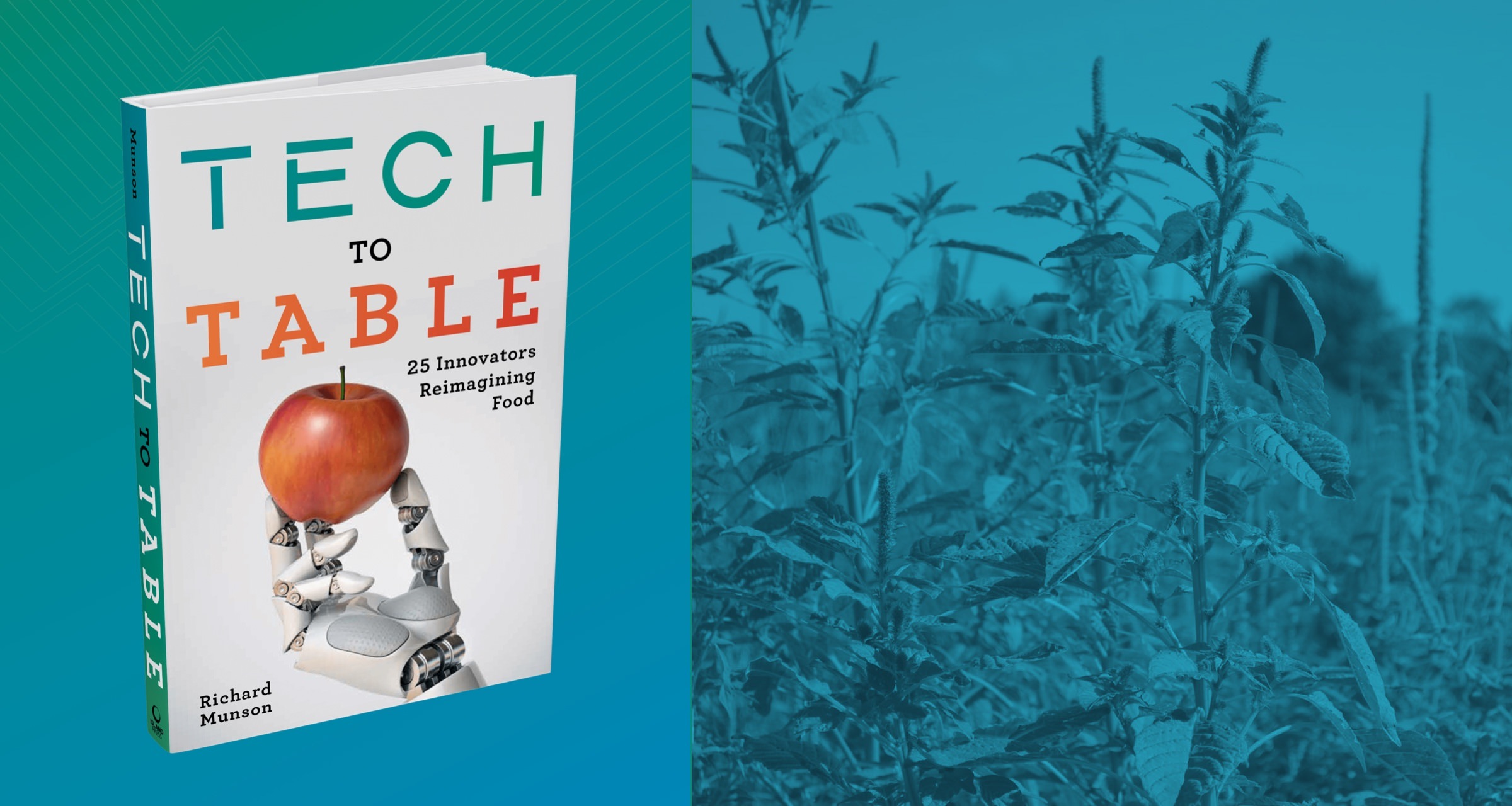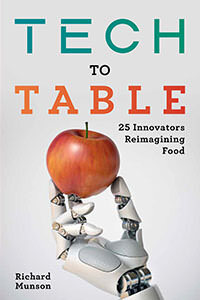Superweeds and Superbugs
The Cost of Industrialized Agriculture

Claire Brown, writing recently in the New York Times Magazine, explains how herbicides are losing the war against weeds. She vividly shows how industrialized agriculture’s reliance on a few poisons has not kept pace with the evolutionary vitality of crop-killing plants.
Brown describes how Palmer amaranth, a pigweed, “can re-root itself after being yanked from the ground. It can grow three inches a day. And it has evolved resistance to many of the most common weed killers, continuing to reproduce in what ought to be the worst of circumstances.”
Such superweeds have caused herbicide costs to more than double over the last decade or so, leading to higher prices for corn and soybeans, the core of animal feeds. The result is more expensive meat.
Because no better weed killer has been introduced in the past fifteen years, Brown says pressure builds to use older herbicides that “come with environmental side effects.”
While Tech to Table, my new book on entrepreneurs reimagining food, introduces innovators plucking weeds with robots (and without herbicides), Brown’s article prompts me to highlight another super-problem of industrialized agriculture—the overuse of antibiotics and the growth of superbugs.
Big Ag increasingly uses antibiotics to feed and medicate livestock. Its overreliance on these drugs in factory farms, both to treat animals for disease and to fatten them up, is leading to the rise of superbugs that resist such medications. Meat and poultry production accounts for about 80 percent of U.S. antibiotic use, while roughly 1.5 million people die each year from drug-resistant illnesses.
When adding superweeds and superbugs to industrialized agriculture’s more-noted environmental contamination and malnutrition, it’s clear our food and farm system needs disruption. It needs innovators.
Richard Munson is the author of Tech to Table: 25 Innovators Reimagining Food.








